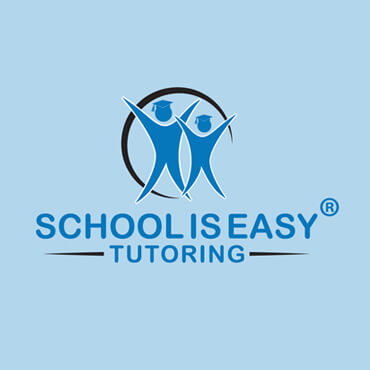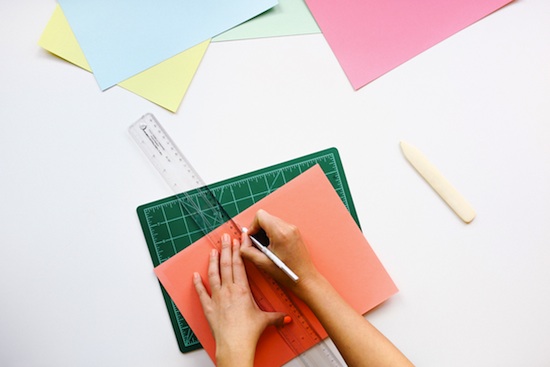As your teenager gets older, they will most likely find more and more homework being piled on them. They will also be increasingly concerned about their grades as they get closer to university. Getting their organizational skills under control is essential before they reach the doors of university. Here are some good organizational habits your teenager should pick up while they’re young.

Start learning organization by being money-conscious
It is a smart idea for teens to start keeping track of their money so they will have good spending habits later on. Encourage your teen to make a budget to help them learn proper financial skills. This way, they won’t be hit with a wave of shock right out of high school about how expensive everything is and how hard it is to pay for university. They should also take this time to build up good saving habits, perhaps by getting a job and learning how to save their earnings. All of these types of activities will get them prepared and organized money-wise for facing the university.
Use a planner or agenda to organize your life
If your teenager doesn’t have an agenda from school or it is not suiting their needs, then they should get one that they like and would make use of. It may be worth it to spend an afternoon personalizing an agenda. A simple Pinterest search will give you plenty of great ideas about how to create or decorate an agenda. Hopefully, if your teenager likes their agenda, they will be encouraged to use it. Or, if they use technology a lot for school, they can use an organizer on their device. On a laptop, a calendar or sticky notes application can be useful to keep track of events and assignments.
Learn to not procrastinate (a major organizational skill!)
This is a skill that teenagers will really want to get under their belt before they go to university. It is essential to learn to manage your time before you get to university in order to have a smooth transition from high school!
One way to do this may be for your teenager to make a weekly to-do list of everything they have to get done, and then planning out when they are going to do it. This can easily get overwhelming if they have a lot to do. So, once they know what they have to get done in the week, they should try to make a plan for each day of the week. Set one specific goal for each day. That way, as long as they get that one goal for the day done, they will feel accomplished.
To get a bigger picture, use a whiteboard calendar to keep track of all your activities for the month. Here is an example by another blogger.
Create a clear space to have a clear mind
One thing that will positively contribute to your teen’s organized mindset is having their own study space. Having a space free of distractions will help them focus, and will encourage them to accomplish the homework goals they have set out for the day or week.
Everyone has their own things that work for them, but hopefully, these tips help your teen get started on the path to the organization!





